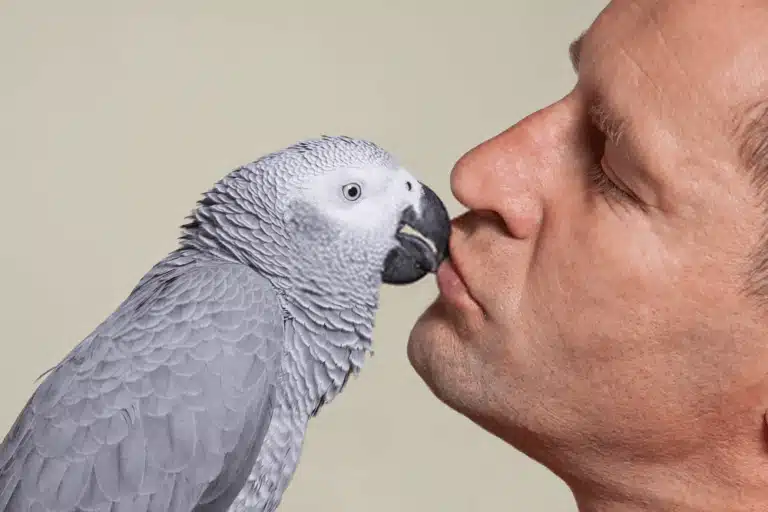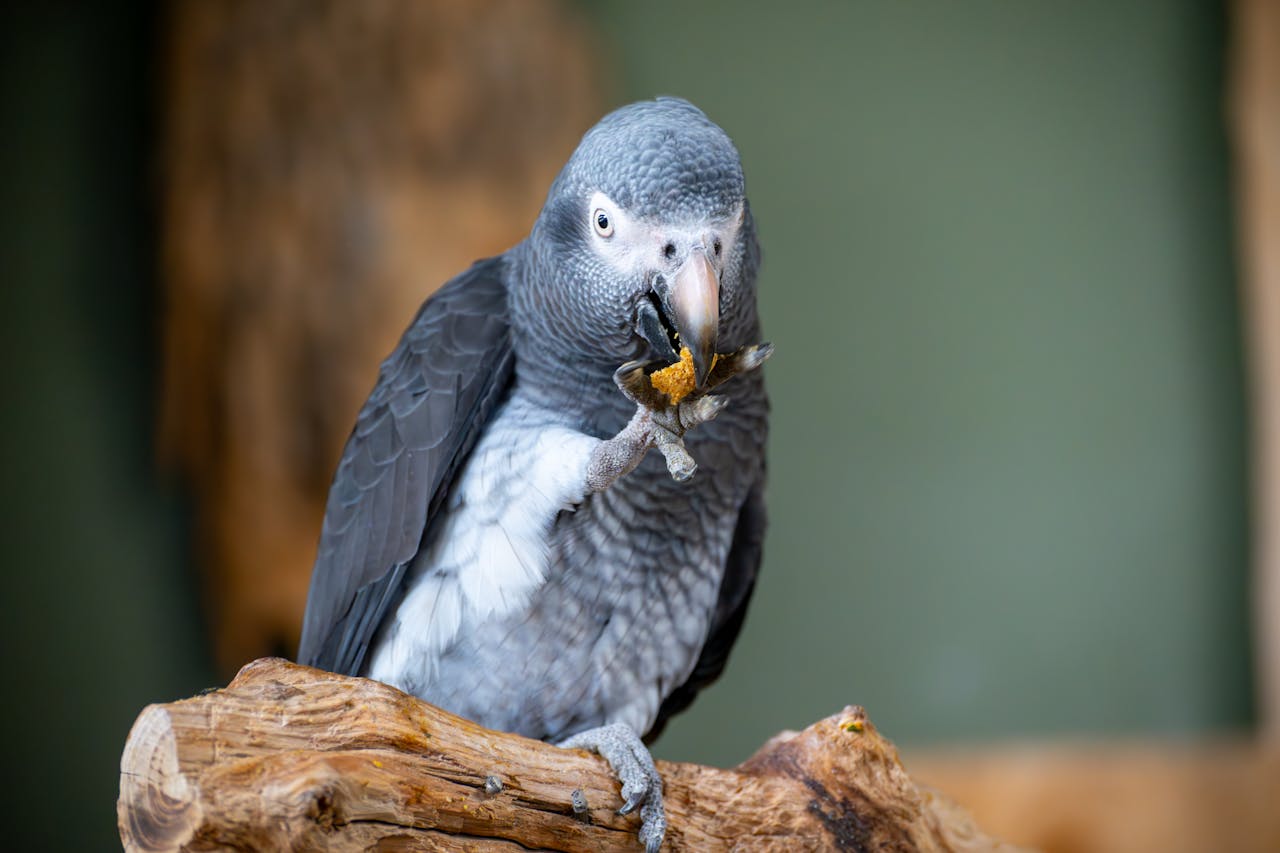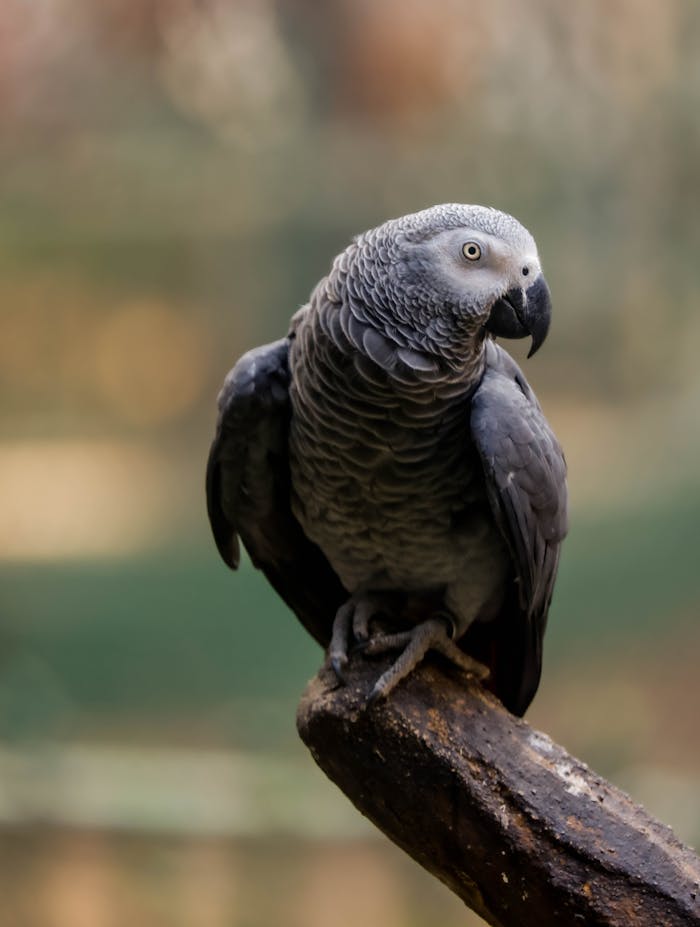Socializing your parrot with other pets and people is crucial for their mental well-being. Proper socialization helps reduce anxiety, encourages playfulness, and can prevent behavioral issues. Here’s how to socialize your parrot effectively:
- Start Slow: Introduce your parrot gradually to new pets and people. Begin by allowing them to observe from a distance.
- Positive Reinforcement: Reward your parrot with treats or praise when they remain calm around other pets or unfamiliar faces.
- Controlled Environment: Create a safe space where your parrot feels comfortable. Use a cage or separate room initially to introduce them to new companions.
- Schedule Playdates: Arrange controlled interactions between your parrot and other pets, ensuring both parties are calm and monitored.
- Teach Commands: Train your parrot basic commands like “step up” or “stay,” which can help in managing their interactions.
- Supervised Interactions: Always supervise sessions between your parrot and other animals to prevent any aggressive behavior.
- Encourage Interaction with People: Invite friends and family over to engage with your parrot, using treats to make these encounters positive.
- Provide Safe Spaces: Ensure your parrot has areas they can retreat to if they feel overwhelmed during socialization.
- Be Patient: African Grey Parrot for Sale Socializing takes time. Be patient and persistent, allowing your parrot to adjust at their own pace.
- Monitor Body Language: Keep an eye on your parrot’s body language for signs of stress or discomfort, and be ready to intervene if necessary.
By following these steps, you can create a harmonious environment where your parrot feels confident interacting with other pets and people, ultimately enriching their life and yours.
Tips for Gradual Introductions to New Environments
Introducing a parrot to new environments, whether it’s other pets or people, can be a rewarding yet challenging task. It’s essential to approach this process thoughtfully to ensure a positive experience for both your feathered friend and the other beings in its surroundings. Here are some practical tips on how to socialize your parrot with other pets and people.
1. Start Slow
Gradual introductions are key when it comes to socializing your parrot. Begin by allowing your pet to acclimate to its new environment without overwhelming stimuli. Spend time observing your parrot’s behavior and comfort level before introducing it to new sights, sounds, and smells.
2. Familiarize with Sounds
Before introducing your parrot to other pets or people, expose it to recorded sounds of those animals or voices. This helps reduce anxiety and prepares your parrot for what to expect. Play these sounds at a low volume, gradually increasing as your bird becomes more comfortable.
3. Use a Safe Space
Designate a safe area where your parrot can retreat if it feels overwhelmed. This could be its cage or a specific perch away from the hustle and bustle. Ensure that this space is always accessible, so your parrot knows it has a refuge to return to when needed.
4. Controlled Introductions
When you feel your parrot is ready, introduce it to other pets one at a time. Keep the initial meetings brief and controlled. For example, hold your parrot securely while letting your dog or cat observe from a distance. Gradually decrease the space between them over time, ensuring that all interactions are calm and respectful.
5. Positive Reinforcement
Encourage positive associations by using treats and praise during introductions. Reward your parrot for calm behavior around other pets and people. This method reinforces good behavior and teaches your parrot that new experiences can be enjoyable.
6. Monitor Body Language
Understanding your parrot’s body language is crucial during these introductions. Signs of stress or discomfort, such as fluffed feathers, biting, or loud squawking, may indicate that your parrot needs more time to adjust. Be patient and take a step back if necessary.
7. Gradual Acclimatization
Continue with gradual exposure by allowing your parrot to observe interactions without direct contact. For example, let it watch as you interact with your pets or friends. This observation will help your parrot become accustomed to the presence of others in a non-threatening way.
8. Socialize with Humans
Introduce your parrot to people in a calm and controlled manner. Start with familiar faces before inviting strangers. Allow the parrot to approach at its own pace. Encourage visitors to offer treats once the parrot feels comfortable, which can help build trust and ease any fears.
9. Be Consistent
Consistency is crucial for successful socialization. Regularly practice introductions to maintain your parrot’s comfort level with both pets and people. The more frequently your parrot engages positively with new experiences, the more confident it will become.
10. Patience is Key
Every parrot has its own personality and timeline for adjustment. Some may take longer than others to warm up to new pets and people. Exercise patience throughout this process, understanding that building relationships takes time and effort.
By following these tips, you can create a harmonious environment for your parrot, other pets, and visitors. Remember, how to socialize your parrot with other pets and people is a journey that requires careful planning and consideration. Take it step by step, and enjoy the rewarding experience of seeing your parrot thrive in a social setting.
Tips for Gradual Introductions to Ensure Positive Interactions
Introducing a parrot to other pets and people can be a delicate process, requiring patience and careful planning. Gradual introductions are essential for ensuring positive interactions and minimizing stress for both your parrot and others involved. Here are some tips on how to socialize your parrot with other pets and people.
1. Create a Safe Space
Before introducing your parrot to new companions, ensure that it has a safe space where it can retreat if needed. This could be its cage or a designated area in your home. Familiarity with its environment will help your parrot feel secure during the introduction process.
2. Start with Short Sessions
Duration matters when socializing your parrot. Begin with short sessions of interaction. For instance, allow your parrot to observe a new pet or person from a distance before getting closer. This gradual approach helps reduce anxiety and allows your parrot to acclimate at its own pace.
3. Use Positive Reinforcement
Positive reinforcement is crucial in encouraging your parrot to interact. Offer treats or praise whenever your parrot shows curiosity or calmness around new pets or people. This technique helps your parrot associate positive experiences with these interactions.
4. Monitor Body Language
Pay attention to your parrot’s body language during introductions. Signs of stress, such as fluffed feathers or trying to hide, indicate that your parrot may need more time to adjust. Respect its signals and retreat if necessary to avoid overwhelming it.
5. Gradually Decrease Distance
Once your parrot seems comfortable with observing new pets or people from a distance, gradually decrease this distance. Allow your parrot to move closer at its own pace. Always ensure that the interaction remains positive and stress-free.
6. Respect Individual Personalities
Just like humans, animals have unique personalities. Take into account the temperament of both your parrot and your other pets. Some pets may be more curious, while others may be shy or aggressive. Tailor your approach based on these characteristics to ensure a smoother introduction.
7. Supervise Interactions
Always supervise interactions between your parrot and other pets or people. This not only ensures safety but also allows you to intervene if any signs of stress or aggression arise. A controlled environment fosters a sense of security for everyone involved.
8. Introduce One at a Time
When socializing your parrot, it’s best to introduce one pet or person at a time. This prevents overwhelming your parrot and allows it to focus on each individual. Once your parrot feels comfortable with one, you can gradually introduce the next.
9. Be Patient
Socialization takes time, so be patient throughout the process. Some parrots may take longer to adjust than others. Celebrate small victories, and don’t rush the process. Your parrot will appreciate your understanding, leading to more positive interactions in the long run.
10. Regular Practice
Regular practice is vital for successful socialization. Consistency helps reinforce positive behaviors. Set aside time each week for your parrot to engage with different pets and people, further solidifying its comfort level.
FAQs
Q: How long does it take to socialize a parrot?
A: The time it takes to socialize a parrot varies by individual. It could take weeks or even months, depending on the bird’s personality and past experiences.
Q: What if my parrot seems scared or aggressive?
A: If your parrot displays fear or aggression, stop the interaction immediately and give it more time to acclimate to the presence of the other animal or person. Gradually reintroduce them later.
Q: Can I use toys to facilitate introductions?
A: Yes! Toys can serve as excellent tools for socialization. Introducing toys that both your parrot and the other pet enjoy can create a shared experience, making the introduction less intimidating.
By following these guidelines on how to socialize your parrot with other pets and people, you can foster harmonious relationships that enrich the lives of all involved. Remember that each bird is unique, and your patience will ultimately lead to successful interactions.


